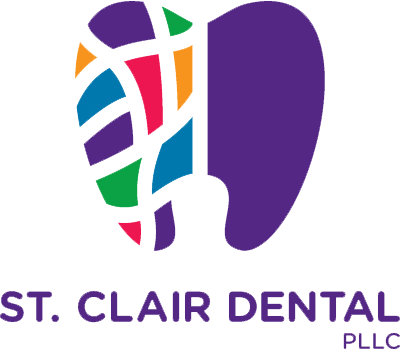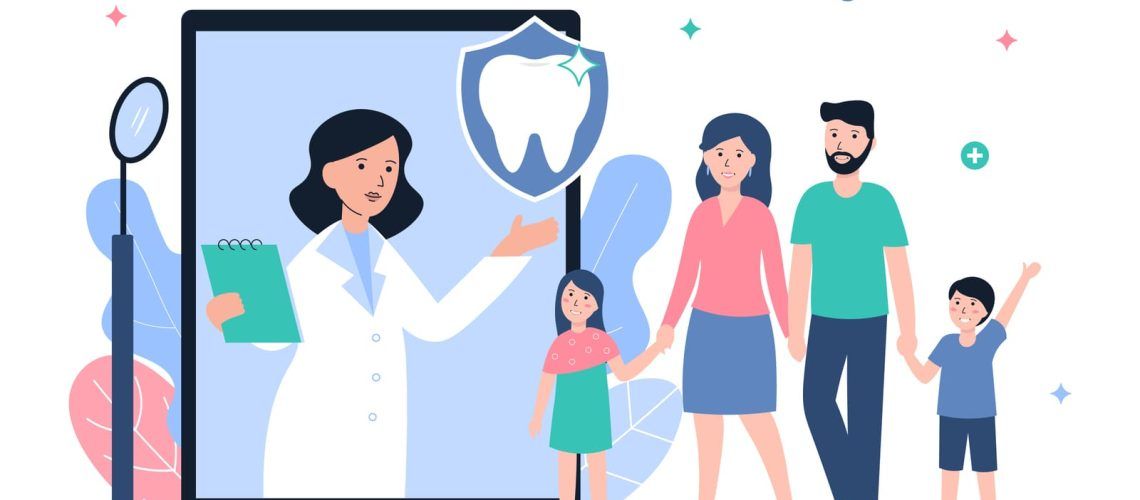Many dental practices today are working hard to find their footing again after the onset of the Covid-19 pandemic. When the pandemic occurred, many dental practices globally had to shut down to prepare for the onset of sickness, economic stress, and other ailments, only allowing emergency care as their resource for treatment. As this challenging time has passed, newer challenges remain. As more dental practices are now working to regain appointments and make up for lost time, there have been some new advances in how practices work today that is starting to take hold.
What Has Changed in Dentistry Since The Pandemic?
The last few years have thrown a giant curve ball at the world, increasing overall costs and creating loads of pressure as the setting of a “new normal” took place. Many dental practices are attempting to recover and restore their practices, reviving themselves after the effects of the pandemic and its current aftershocks. However, this difficult time has made way for some new advancements in how practices operate today. These changes include:
- Advanced Dental Safety: About 8 out of 10 dentists adopted new safety practices during the pandemic, including surgical masks, protective eyewear, non-sterile gloves, and social distancing. Many of the procedures used have also been adapted, as suction devices and dental dams were more equivocally used to reduce the spread of aerosols. These precautions were standard during the pandemic and were proven effective at reducing the spread of the Covid-19 virus, and it’s due to the effectiveness of these practices that some dentists have continued to incorporate or adapt these precautions for everyday appointments.
- Digital Communication & Teledentistry: Through the rise of social distancing came many technological advancements, specifically with communication. As patients sought alternatives to their dental care needs, teledentistry rose as a prominent way for dentists to reach out and keep in touch with their patients. Through teledentistry, dentists could schedule virtual appointments without having to bridge the social distancing gap and allow the transmission of x-rays and dental records. Because of this massive shift, some dentists have decided to keep their teledentistry protocols as part of their practice.
- Less Tech Adoption: While the rise in safety measures and teledentistry helped dental practices through the pandemic, overall advancements in technology for diagnosis and treatment have decreased. According to some studies, about 50 percent of dentists said that they were likely to adopt new technologies in their practices. Because of the time and investment required, many dentists have enabled their vision and practices towards improving dental techniques, investing in dental materials or digital software for improvements.
What Will Recovery Look Like For the Future?
These major shifts in practices have made many dentists look at their practices in a new light and drastically changed how they interact with their patients. Over time, however, dental practices still need to adapt to the ever-changing atmosphere of our medical environment, as more and more patients will continue to require dental care that retains their sense of comfort, which can be best done through education, regular appointments, and proper dental care.

